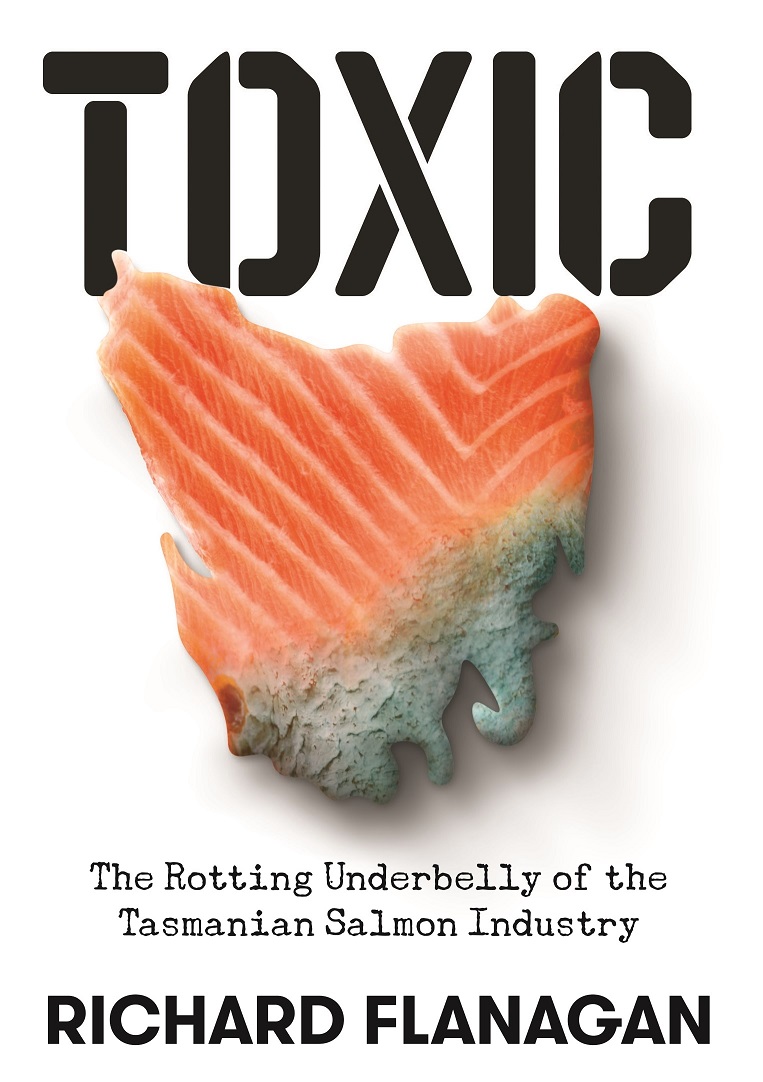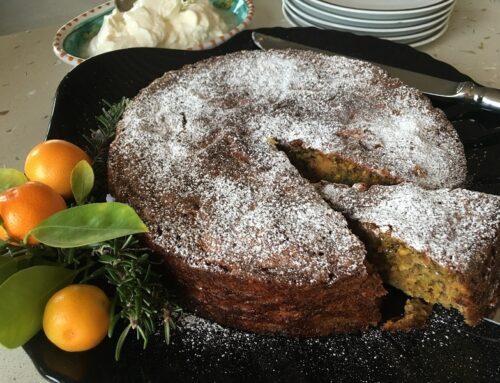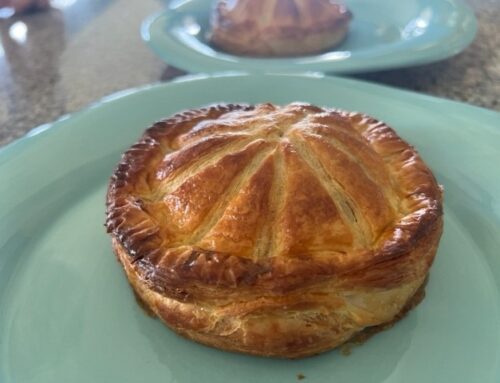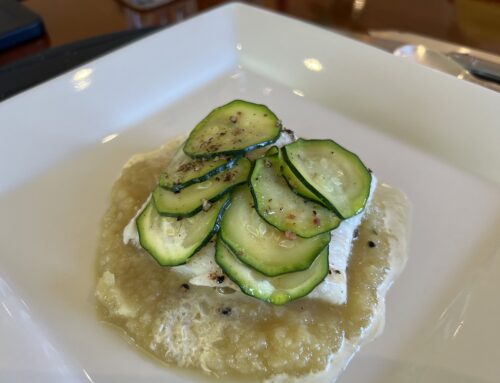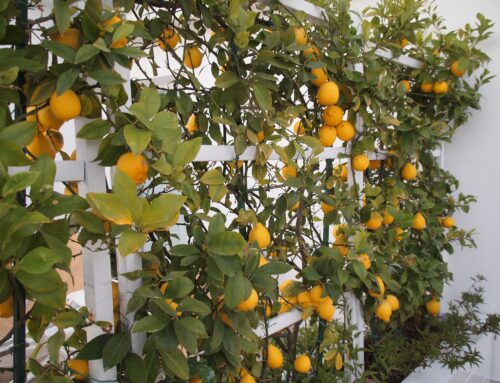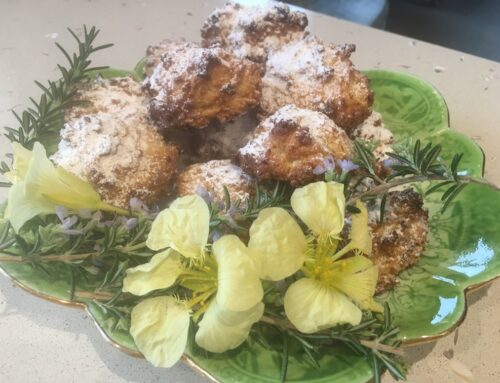One of my favourite dishes to cook in my French cooking class used to be salmon en croûte. However, over the past few years or so I have been made aware of the shocking and shameful state of our ‘once treasured and prized’ Tasmanian salmon industry. So, I no longer use salmon; I have replaced it with Mahi Mahi*, or other firm white, ocean fish suitable for baking.
There have been a few ABC 4 Corners exposés, many articles and countless reports from a variety of sources, written on the shocking and shameful state of the Tasmanian Salmon Industry, the most recent being Richard Flanagan’s new book Toxic: the rotten underbelly of the Tasmanian Salmon Industry, (2021) Penguin, which I read over January, 2022.
What Richard Flanagan describes is truly chilling and shocking. There is no way I could ever let a piece of Tasmanian salmon pass my lips. Tasmanian Salmon marketing professes Tasmanian salmon farming to be the world’s best practice, that the salmon is clean and healthy, grown in environmentally pristine conditions; nothing could be further from the truth.
The farming of Tasmanian salmon is a disgrace and all political parties bear responsibility for the situation which has been going on and getting worse since the mid-1980s; and now, significantly worse each year.
The Tasmanian governments continue to turn a blind eye; no explanations, no penalties and no action. Instead, they pour huge amounts of money into the flailing industry, via subsidies and support.
Tasmanian salmon markets itself as pure, pristine, full of goodness, clean, green and healthy. This is nothing like the truth. The salmon are highly artificial, chromosomally manipulated, fed a diet of chemicals, such as artificial or synthetic astaxanthin, antibiotics, as well as crushed chicken skulls, beaks, feathers, fish pillage and soy meal. Rain forests in South America are destroyed in order to plant crops of soy, wheat and other grains, to include in the fish meal, fed to these salmon. Their once good fatty protein, now has decreased omega 3 levels, and increased omega 6 levels. Salmon flesh is no longer naturally coloured pink from eating the crustacea in the sea, but rather dyed pink/red to cover the grey, dull flesh. Do you really want to eat this?
The salmon are subjected to shocking living conditions, surrounded by their waste products, faeces and nitrogen; they suffer from lack of oxygen, and algae blooms, plus the tumbling and water washing.
These, once beautiful, waterways are now polluted, by jellyfish, algae blooms, discarded plastics of all descriptions, polypipe, plastic nets, handrails, trestles, buoys, steps, kilometres of nylon rope, all-destroying the once pure, pristine Tasmanian waterways and coastline. Plus, there is noise pollution affecting the marine animals and causing local residents to leave their homes and re-locate.
It is not only the stunted growth and deformed nature of the salmon, associated with the shockingly cruel treatment in the farming of the salmon; there are other marine animals caught up in the industry, such as the seals, which they ‘bomb’ to keep away from entangling in the nets. Plus, these days, rare are the sightings of humpback whales and dolphins. Some fish are near extinction. Shark numbers are increasing.
There is a huge environmental catastrophe happening, surrounding these farms, and destroying the once beautiful, pristine and highly valued waterways and eco-systems of D’Entrecasteaux Channel, Macquarie Harbour, Storm Bay, Huon Valley, Derwent River, and Bruny Island.
It is so sad and shocking.
And there is so much more. Consult online articles and exposés, and do buy this marvellous, easy to read book by Richard Flanagan – Toxic: the rotten underbelly of the Tasmanian Salmon Industry. 2021, Penguin, and then decide for yourselves.
Mahi Mahi
Mahi Mahi, also called Dophin Fish, is a seasonal pelagic, that is ocean fish, which means it swims almost entirely in open water between the floor and the water surface; not on the top or the bottom, in what is called the pelagic zone. Mahi Mahi arrives on the east coast of Australia with the warm summer currents. It is a short lived and fast growing variety of fish that offers great value seasonal eating. It lives for only a couple of years, and can grow 10 kilos in 12 months.
The flesh is firm and sweet, and given its size can be easily portioned into nice fillets.
As well as being delicious ‘en croûte’ it is fabulous steamed en papillote, that is in small individual parcels with herbed tomato salsa, or shredded vegetables with herbs and spices, it may also be roasted in the oven and pan-fried and served with a tartare sauce and salad.
Delicious Mahi Mahi en croûte we cook in the Cooking Classes.


